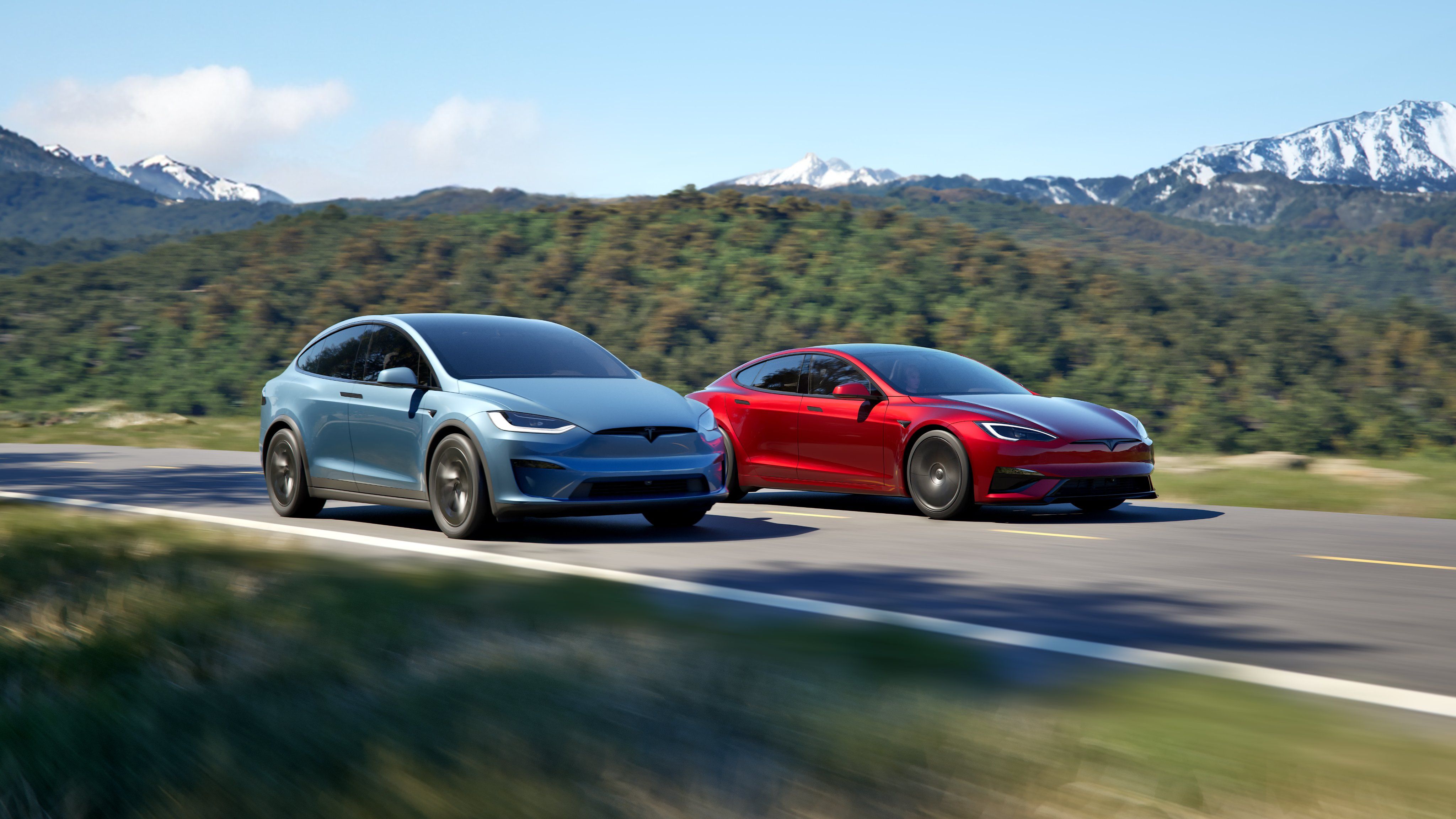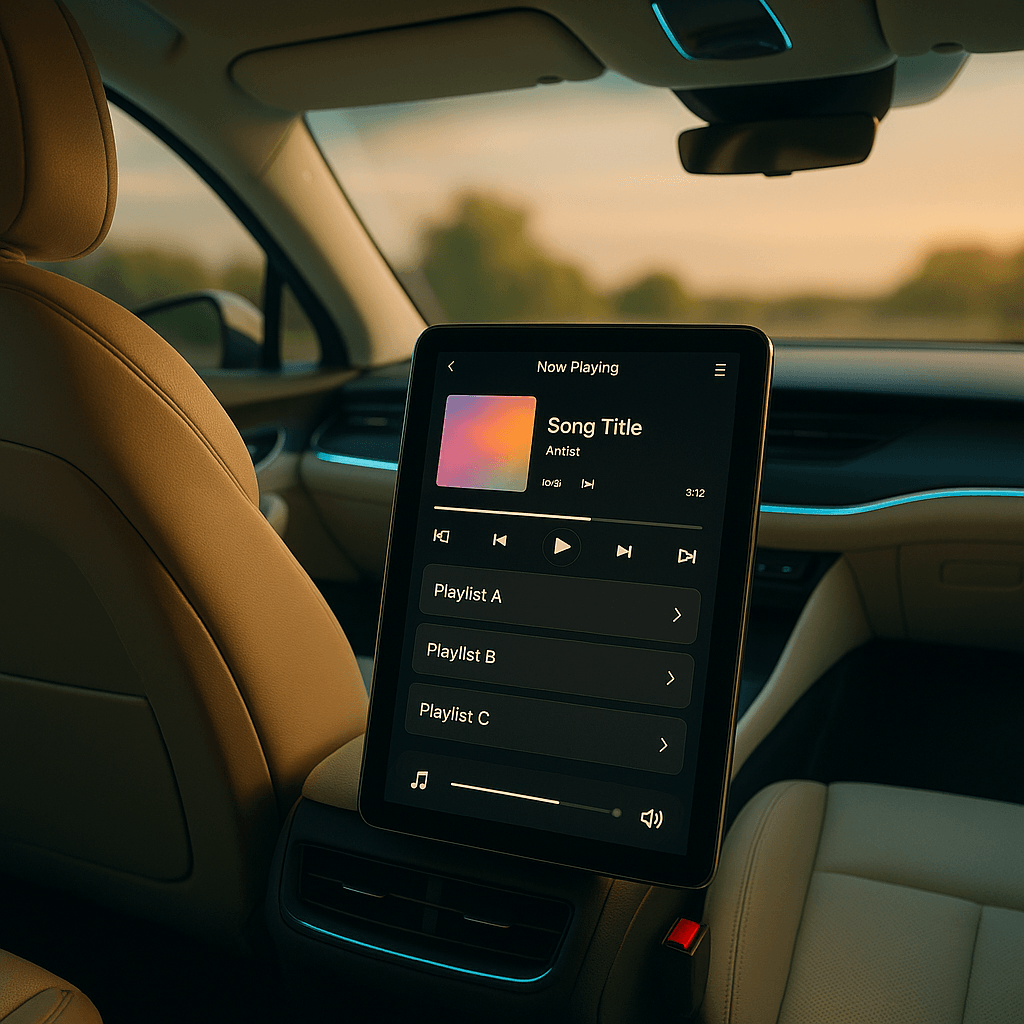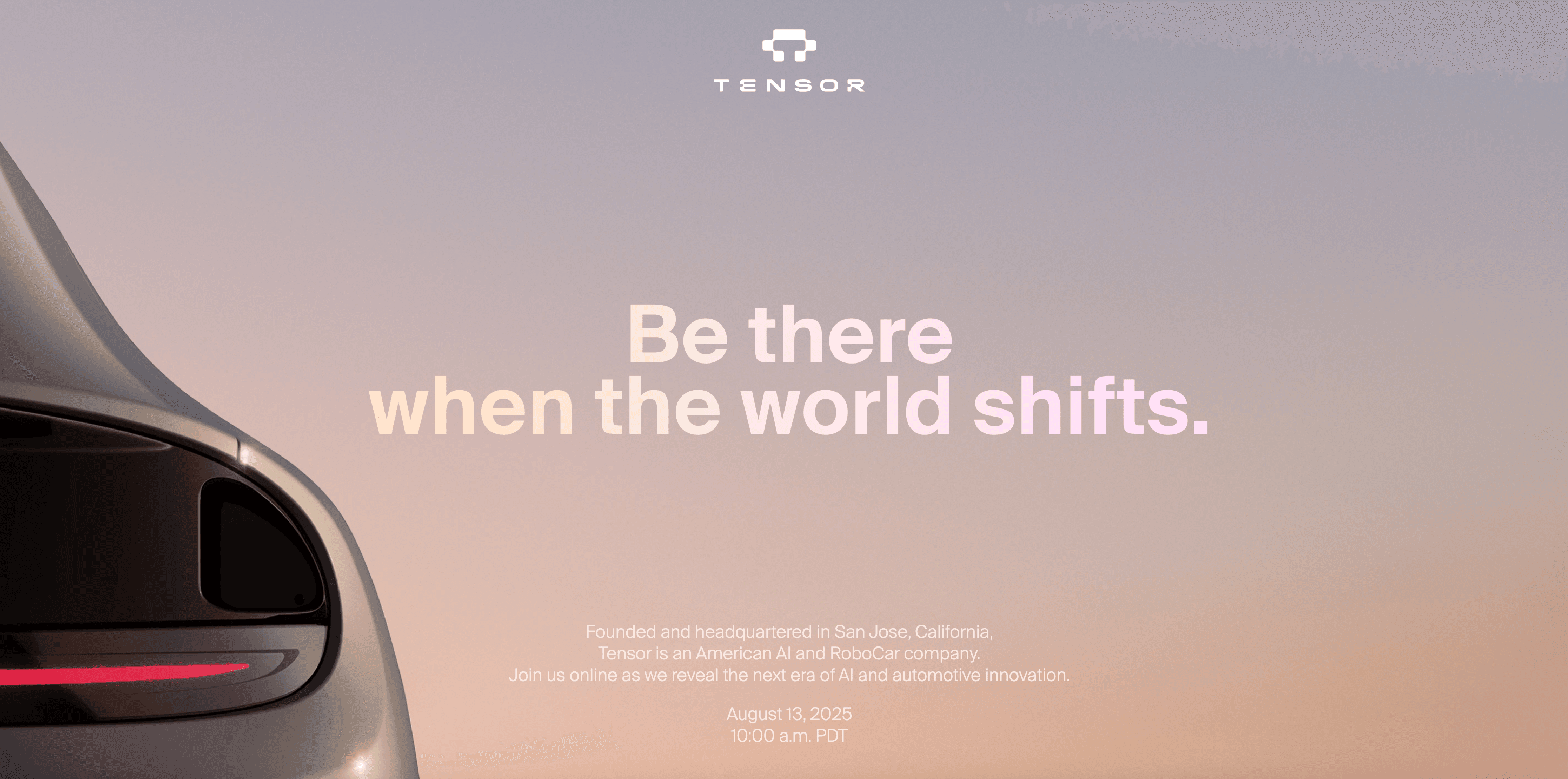TL;DR:
• Waymo launches direct Spotify integration replacing previous clunky Google Assistant workaround
• Passengers can now stream personal playlists and continue podcasts from exact stopping points
• Feature personalizes the $15 robotaxi experience, potentially boosting customer retention
• Apple Music integration remains unclear as company explores additional personalization options
Waymo just solved one of robotaxis' most surprising pain points. The Alphabet-owned company rolled out seamless Spotify integration this week, replacing clunky voice commands and generic playlists with the personalized streaming experience passengers have been craving. While the technology behind autonomous driving continues advancing, this simple feature might be what keeps riders coming back.
Waymo passengers climbing into the back of a robotaxi equipped with 29 cameras, six radar units, and five lidar sensors can now experience something that feels almost mundane by comparison: playing their own music. The Alphabet-owned autonomous vehicle company quietly rolled out Spotify integration this week, finally delivering the seamless streaming experience that has eluded one of Silicon Valley's most advanced transportation platforms.
The timing couldn't be more critical. As Waymo expands beyond San Francisco into Phoenix and Los Angeles markets, the company faces increasing pressure to differentiate itself from ride-hailing competitors and build the kind of customer loyalty that keeps passengers choosing robotaxis over traditional Uber and Lyft rides. According to industry observers, personalization features like music streaming represent a crucial battleground for autonomous vehicle adoption.
Until this week, Waymo's audio experience felt surprisingly dated for a company at the forefront of AI-powered transportation. Passengers were stuck with a handful of generic stations playing lo-fi beats, smooth jazz, or K-pop – genres that may or may not align with their preferences during a $15 ride through busy urban streets. Those seeking more control faced a Byzantine workaround involving Google Assistant app downloads, account linking, and voice commands that frequently failed mid-journey.
"The music sucks in here," TechCrunch senior reporter Maxwell Zeff wrote after experiencing the old system, capturing a sentiment that has puzzled many observers of the autonomous vehicle space. Here was a company that had mastered the complexities of computer vision, sensor fusion, and real-time decision-making in chaotic traffic environments, yet struggled with a feature that automakers solved decades ago with basic Bluetooth connectivity.












